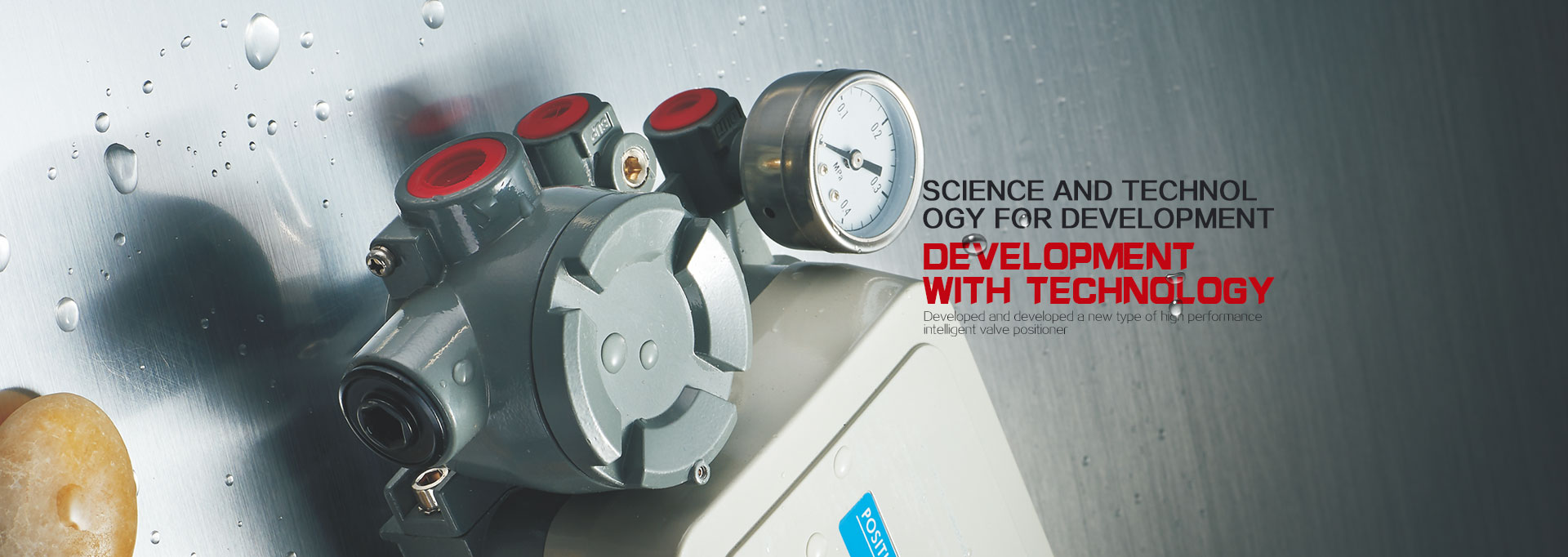About [valve locator], you may not know
In many control applications, the valve positioner is one of the most important accessories of the regulating valve. Especially for a particular application, if you want to choose one of the most suitable valve locators, the following factors should be taken into consideration.
1, is it easy and convenient for the valve locator to realize "Split_ranging" to realize the "divide"?
Having a "split" function means that the valve locator responds only to a certain range of the input signal (such as: 4 to 12mA or 0.02 to 0.06MPaG). Therefore, if we can "divide the process", we can use only one input signal to control two or more regulating valves in accordance with the actual needs.
2. Is it easy and convenient to adjust the zero point and range of the locator? Is it possible to adjust the zero point and the range without opening the lid of the box?
It is worth noting that, in order to avoid incorrect (or illegal) operations, the way to adjust at will needs to be banned.
3. How is the stability of the zero point and range of the valve positioner?
If the zero point and range are easy to drift with the change of temperature, vibration, time or input pressure, then the valve locator needs to be regularly adjusted to ensure that the stroke of the control valve is accurate.
4, the accuracy of the valve positioner under ideal condition, corresponding to an input signal, control valve parts (TrimParts, including a ball valve, valve stem, valve seat / etc.) should always be accurately located in the desired position, regardless of in the direction of travel or valve bear much of the load.
5. What is the requirement for the air quality of the valve locator?
Because only a handful of gas supply device can provide to meet the ISA standard (the instrument air quality standards: ISA standard F7.3) under air, therefore, for the pneumatic (or electric - gas valve positioner), to withstand the test of reality, the dust and water vapor must be able to withstand a certain amount and oil.
6. zero, and range calibration interdependent or mutually independent?
If interaction happens, it will take more time to adjust zero point and range. This is because the adjustment personnel must adjust these two parameters repeatedly so as to achieve accurate setting step by step.
7. Does the valve locator have a "bypass", which allows input signals to act directly on the regulating valve?
This "bypass" can sometimes be simplified or omitted to perform calibration, assembly set such as actuator "bearing component set" and "spring load settings" - this is because in many cases, some pneumatic regulator pneumatic output signal and the actuator "bearing component set" completely consistent matching, no need to conduct its setting (in fact, in this case, the valve positioner can not save. Of course, if it is selected, then the "bypass" of the valve locator can be used to direct the pneumatic output signal of the pneumatic regulator to the regulating valve. In addition, "bypass" sometimes allows online adjustment or maintenance of valve positioners, that is, "bypass" of valve positioners, so that the regulating valve will continue to work normally, without forcing the control valve off line.
8. Is the function of the valve positioner fast?
The larger the air flow (Airflow) is (the valve locator constantly compares the input signal and valve position, and adjusts its own output according to the deviation between them. If the valve positioner rapid response to this deviation, then the unit time flow of air conditioning system for large), set point and more rapid response to load changes -- this means that the system error (lag) is a better quality control.
9. The frequency characteristics of the valve locator (or frequency response, FrequencyResponse -- G (J omega), what is the steady response of the system to sinusoidal input)?
In general, the higher the frequency characteristic (the higher the sensitivity to the frequency response), the better the control performance. But it must be noted that the frequency characteristics should be determined by the stable experimental method instead of the theoretical method. When evaluating the frequency characteristics, the valve positioners and actuators should be combined to consider.
10. What is the maximum rated gas supply pressure of the valve positioner?
For example: the maximum rated gas pressure valve positioner calibration for only some 501b/in2 (50psi, lpsi=0.070kgf, /cm2 = 6.865kPa), if the rated operating pressure mechanism is higher than 501b/in2, then the valve positioner has become the driving force of the actuator output constraints.
11. What are their positioning resolution (PositioningResolution) when the valve and valve positioners are assembled?
This has very obvious effects on the control of quality control system, because the higher the resolution, the more control valve positioning close to the ideal value, fluctuation caused by valve overshoot can be suppressed, which ultimately limits are adjusted periodically to the change of volume.
12. Is the positive and negative conversion of the valve positioner feasible?
Is it easy to convert? Sometimes this function is necessary. For example, we need to transform a way of "signal increasing -- valve closing" to "signal increasing -- valve opening", so we can use the positioner's positive and negative conversion function.
13. What is the complexity of the internal operation and maintenance of the valve positioner?
As we all know, the more components, the more complex the internal operation structure, the more training for maintenance personnel, and the more spare parts in inventory.
14. The parameter of the steady gas consumption of the valve locator is critical to some plant devices and may be a limiting factor.
15. of course, when the valve locator is evaluated and selected, other factors should be considered. For example, the feedback link mechanism (FeedbackLinkage) of the valve positioner should be able to really respond to the location of the spool. Additionally, the valve positioner must be strong and durable, with the ability to resist environmental protection and anticorrosion, and the installation and connection is simple and convenient.







